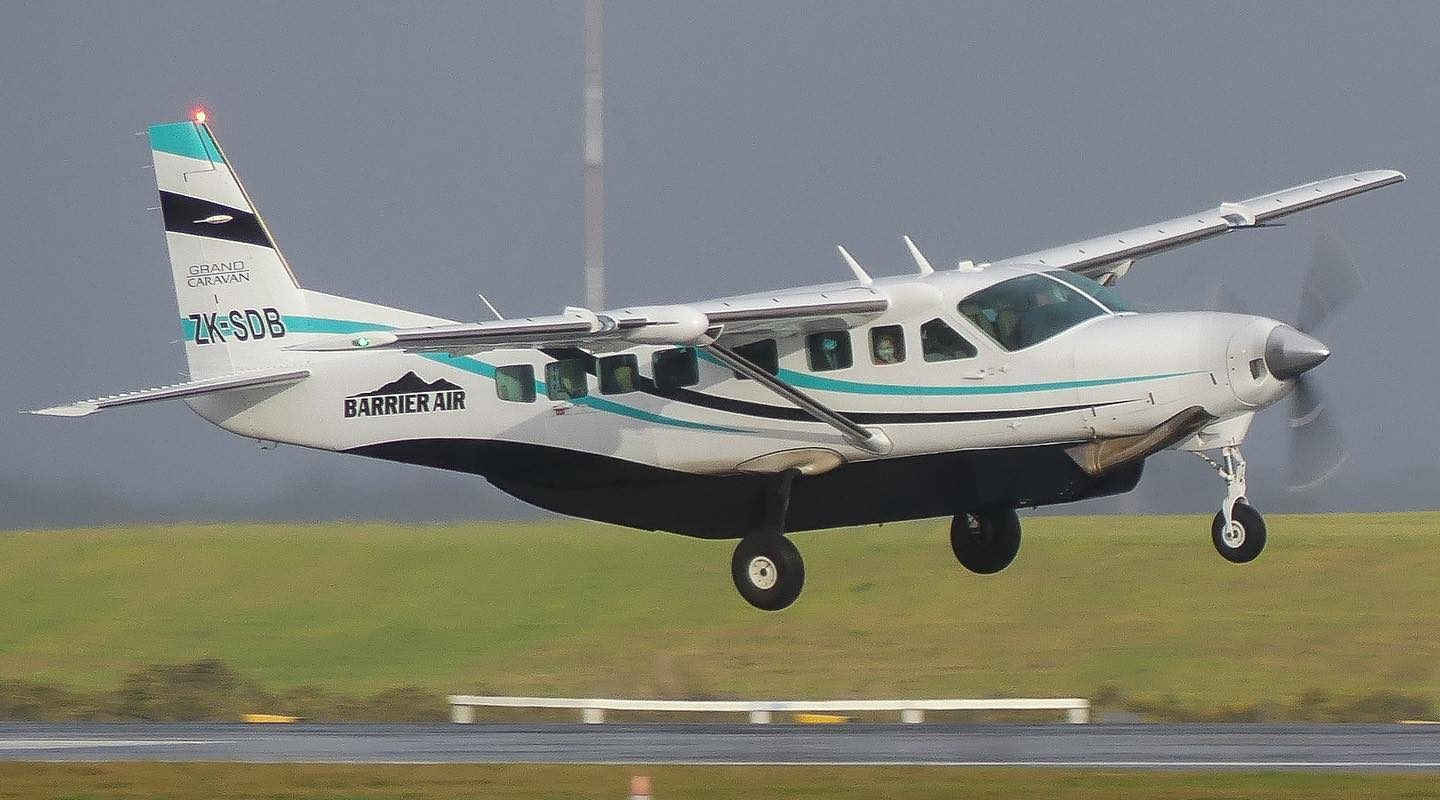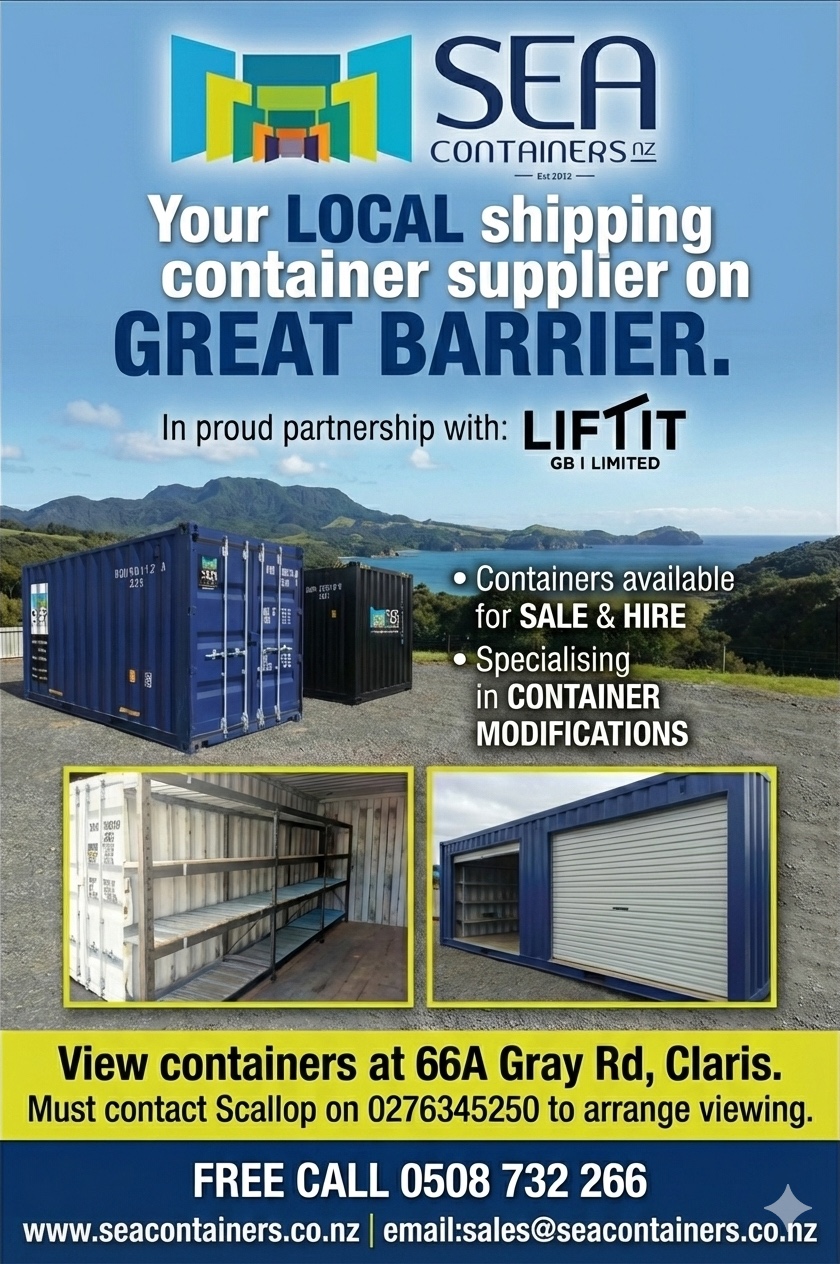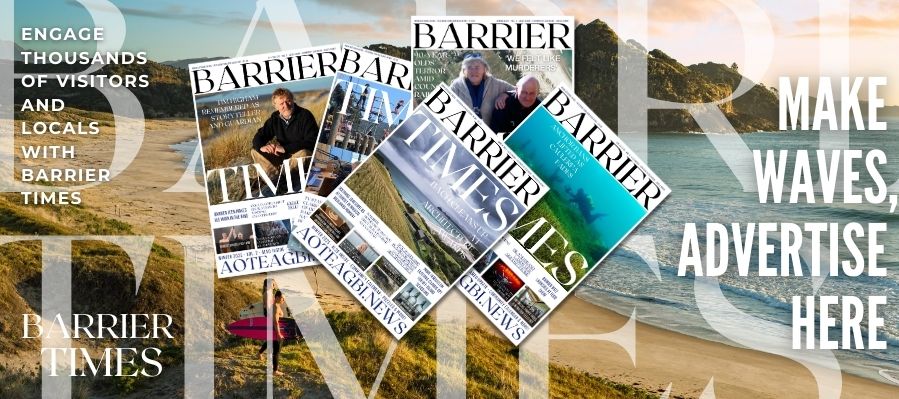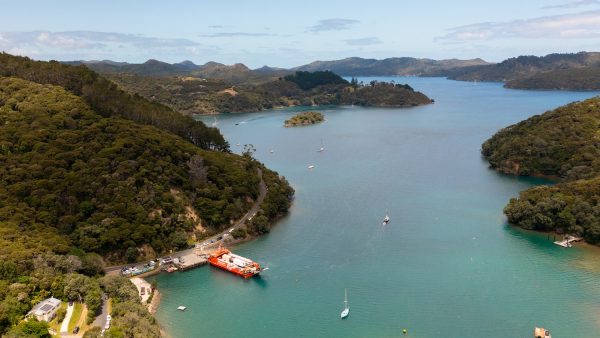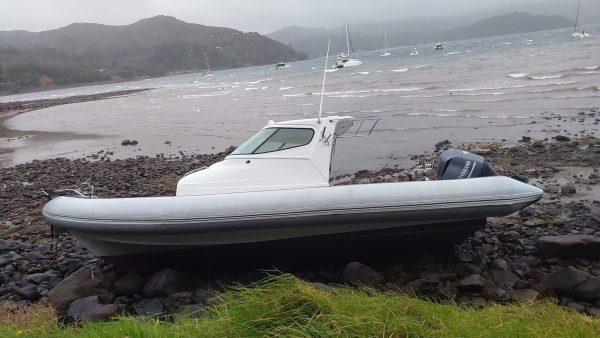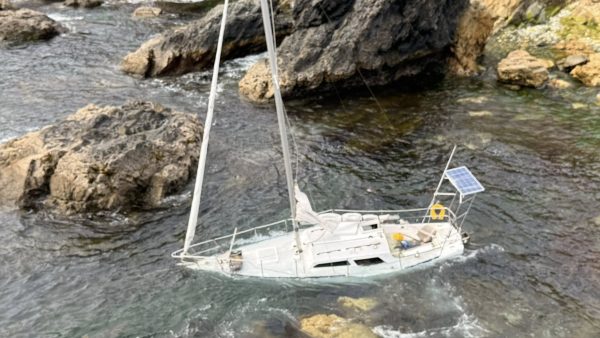Barrier Air CEO Grant Bacon says the cost of keeping regional airlines airborne is spiralling out of control, with even well-run operators now cutting services, selling aircraft, and urging government to intervene before more carriers collapse.
Speaking to Kathryn Ryan, Bacon said that despite jet fuel prices easing since 2023, the cost of almost everything else has soared — from landing charges and Civil Aviation Authority levies to spare parts.
“Currently we’re seeing a massive spike in the cost of aircraft parts,” he said. “A fuel control unit used to be about 20,000 USD — now it’s approaching 100,000 USD. And that’s if you can even get one.”
“We have a fleet of six aeroplanes and across six aircraft there’s thousands of parts to make these aeroplanes fly and the inflation on these parts is across the board.”
Barrier Air, which flies from Auckland to Great Barrier Island, Whitianga, Kaitaia, Kerikeri and Tauranga, operates a fleet of six 13-seat Grand Caravans. But the company has now begun restructuring its operations. One aircraft, ZK-SDA, was listed for sale in June. Another is leased out for the winter.
“We’ve really trimmed back services in the winter months. And we — there was a time where you could still, I guess, operate aircraft that were very marginal in terms of how many passengers they had on board. We just can’t do that anymore. And that’s mainly coming from all of these costs that has been well publicised from other operators.” Bacon said.
“Even the landing fees only operating with a 12 seat passenger airplane, it means that we just don’t have the seats to absorb those peaks and troughs in the market. So really what we are doing is just flying full and getting that load factor up so that we can try and absorb those costs.”
He said the airline remains financially sound, but that sustaining services is getting harder.
“Barrier Air is well capitalised. Shareholders, including myself, have been in this business for a while now and we’ve invested significant funds. We are having to readjust our strategy in terms of how we operate.”
The economics of regional flying are unforgiving. While a large jet may carry hundreds of passengers, airlines like Barrier must pay pilots, engineers, and regulatory costs to fly just 12 or 13 people at a time. And many regional routes — including to and from Great Barrier Island — suffer from poor load balance.
“When you look at Great Barrier Island, for example, we have a major problem, which is on a Friday and Sunday, you’re full one way and empty back. So it may look like there’s an aeroplane arriving every hour on the island and Barrier Air are doing very well. But reality is, is that we’re full out and often empty back or one or two passengers. So what you find is that our load factor actually is only 50 percent on those big days.”
Help us keep the island informed. Email news, events, and photos to editor@aoteagbi.news
Fares have climbed in response, but not enough to match the true cost of operation.
“Pre-COVID, you could fly to Great Barrier Island for as low as 79. The average fare, I think, was maybe about 150. Now you’re edging to an average fare of in the high 100. On busy days, you might even pay north of 300 one way.”
“There is certainly feedback that fares are very expensive. I mean, most people get it and they understand. And we’re quite — I mean, I try to educate the market in terms of these realities that the industry is facing right now.” he said.
“We have an example that we looked at the other day with another operator. They were doing around about a 40-minute flight in Alaska, I believe it is. And it was a 253 USD average fare price. So you’re talking — call it 400 NZD.” Bacon added.
Despite passenger grumbling, he believes the public doesn’t always grasp the essential nature of regional flights.
“You could quickly write off Barrier Air as being a leisure airline where people are just commuting to holiday homes and going to see perhaps friends and family. We’re actually not that at all.”
“What we’re doing on a daily basis is we’re carrying patients that need urgent care to Auckland and ongoing care with perhaps something like cancer treatments or specialist appointments. We’re carrying blood tests every day from these communities. We also are carrying hundreds of tonnes of food to Great Barrier Island in particular every year. We carry medicines every day. We also carry doctors who go and work in these communities and also specialists from Auckland.”
“It’s not really describing Barrier Air as being an essential service. It’s really critical for these communities.”
In other countries, governments subsidise regional flights as essential services. In the UK, public service obligation (PSO) routes keep aircraft flying to remote Scottish islands like Barra, Campbeltown and Tiree. Fares are capped, and the state helps cover losses. New Zealand has no equivalent scheme.
Bacon said Barrier Air has joined other regional carriers in pushing for change, including lobbying for relief from CAA and air traffic levies.
“We’ve been a part of the Association of Regional Airlines in New Zealand. We’ve been working together to try and lobby government. And we’ve been probably a little bit less vocal in the market. But those issues are real for us as well.”
Other carriers are already making cuts. In July, Sounds Air announced it would sell half its fleet and suspend routes to Wānaka, Taupō, and Westport. In Tauranga, Sunair grounded its entire scheduled network, citing mounting maintenance and compliance costs.
Barrier Air took over many of the routes vacated by Fly My Sky, which collapsed in 2021 owing nearly $1 million. Its exit left the Barrier route served by just one scheduled flight operator, before the introduction of Island Aviation.
Aviation Industry Association head Simon Wallace called on Transport Ministers Chris Bishop and James Meager to urgently intervene, noting CAA and Airways NZ are both charging more while service delivery suffers.
“The government needs to step up. It’s been talking about regional connectivity and the importance of it for some time… The CAA — airways — so CAA levies and fees went up substantially last year. And we’ve just had a big increase in the last week with Airways levies. The government has a lever there. It can look at scaling back the extent of those levies.”
“Airways just posted a $14 million profit,” Wallace said. “CAA has a high headcount and isn’t certifying aircraft fast enough. The government has levers — and it should be using them.


